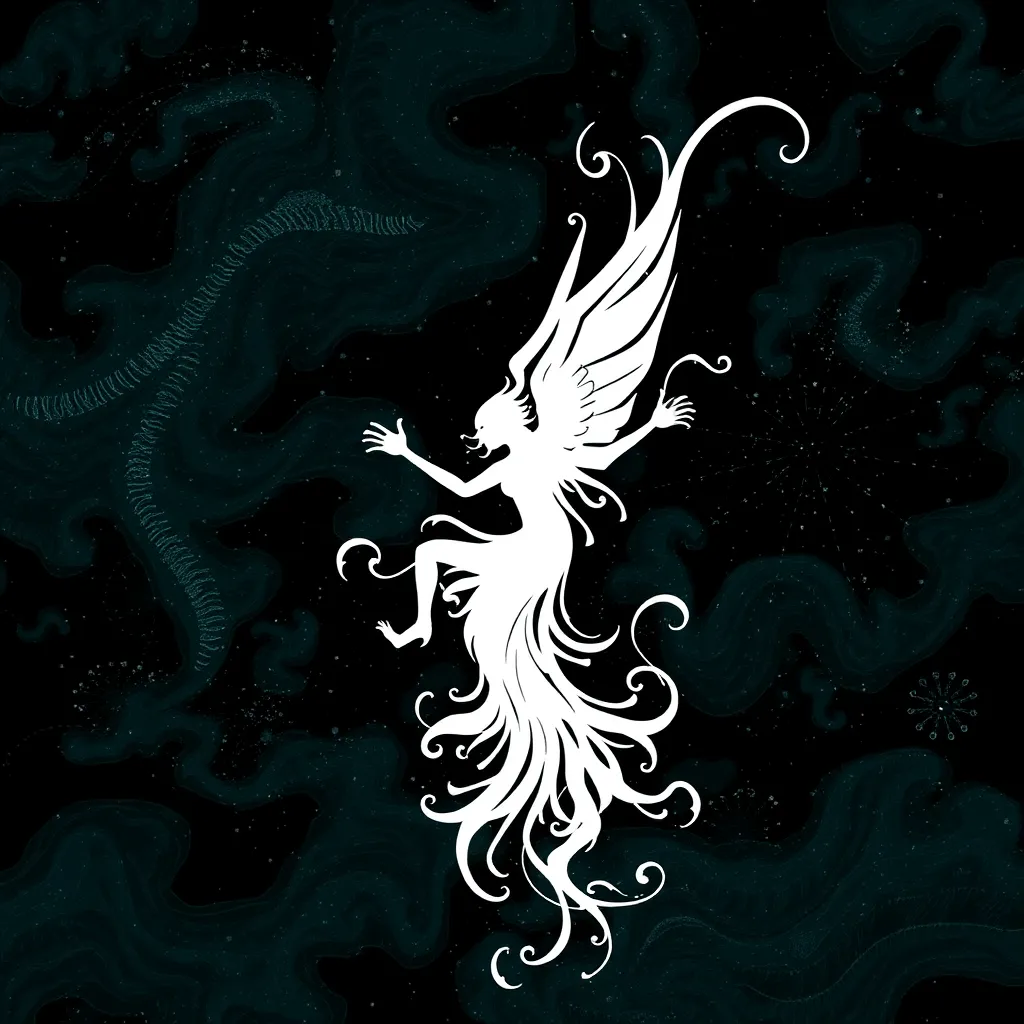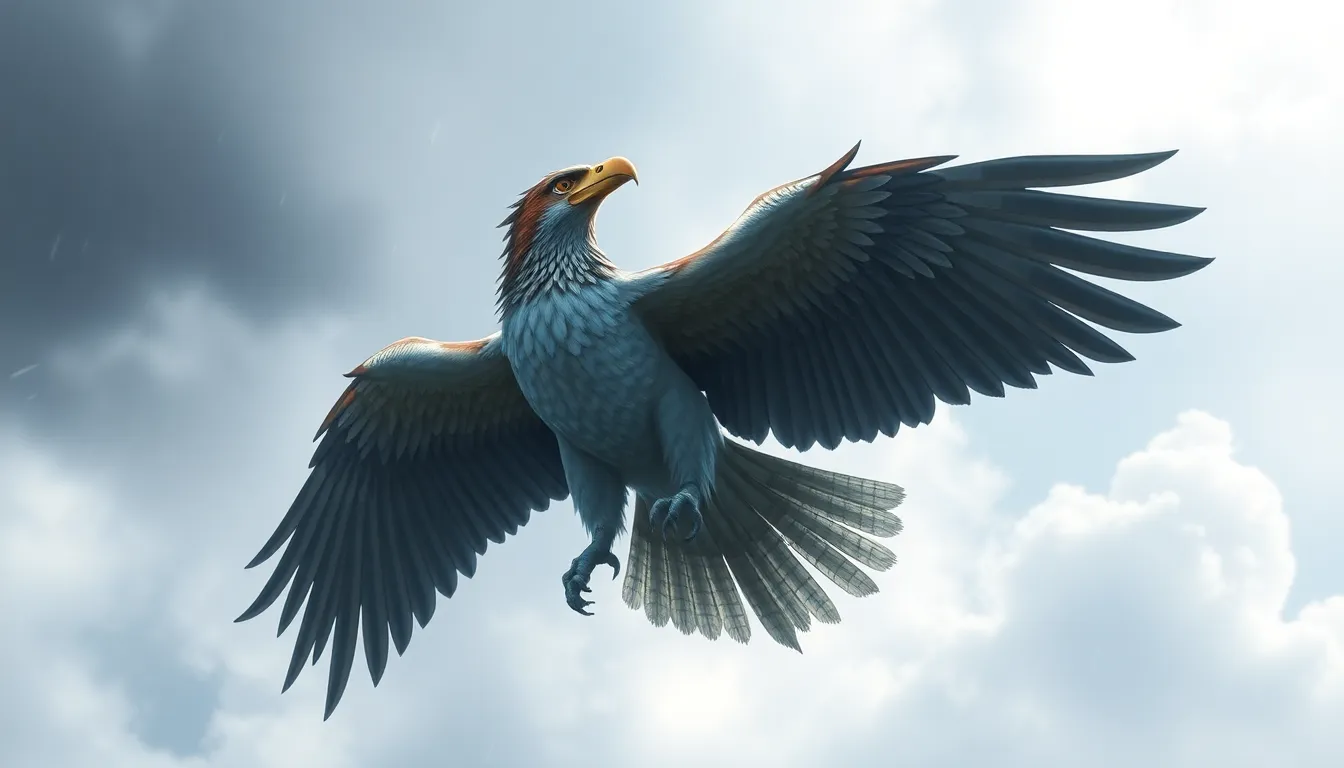Beyond the Slavic Seas: Tracing Rusalka Motifs in Other Mythologies
I. Introduction
The Rusalka, a captivating figure in Slavic mythology, embodies the complex interplay between beauty and danger, freedom and entrapment. These water spirits, often depicted as enchanting maidens, hold a significant place in folklore, reflecting the cultural values and fears of the societies that narrate their tales. The allure of the Rusalka and similar water spirits can be found across various cultures, highlighting the universal significance of these aquatic beings.
This article seeks to explore the Rusalka motifs in a broader context, tracing their presence and evolution in world mythologies. By examining water spirits from different cultures, we can gain insight into the shared themes and symbolic meanings that unite these narratives across time and space.
II. The Nature of Rusalka: Characteristics and Symbolism
In Slavic folklore, the Rusalka is often portrayed as a beautiful young woman with long flowing hair, inhabiting rivers, lakes, and wetlands. These spirits are deeply connected to nature, symbolizing both its nurturing and destructive powers. They are typically associated with themes of love, loss, and the tragic consequences of unfulfilled desires.
Key characteristics of the Rusalka include:
- Beauty: The Rusalka is often depicted as a stunningly beautiful maiden, enchanting those who encounter her.
- Danger: Despite their allure, Rusalki are known to be dangerous, luring men to their watery graves.
- Duality: They embody the duality of nature—capable of beauty and nurturing, yet also of vengeance and destruction.
Water serves as a transformative element in the Rusalka’s story, representing both life and death. This duality emphasizes the complex relationship humans have with nature, particularly with water—a source of life that can also bring calamity.
III. Comparative Analysis: Water Spirits in World Mythologies
Water spirits are a prevalent motif in mythologies around the world, each culture interpreting them through its unique lens. This section introduces various water spirits and their characteristics.
A. Introduction to water spirits across cultures
Across cultures, water spirits often reflect the human experience, embodying themes of seduction, danger, and the mysteries of the natural world.
B. The Naiads and Nereids of Greek mythology
In Greek mythology, Naiads are freshwater nymphs associated with rivers, springs, and lakes, while Nereids are sea nymphs, daughters of the sea god Nereus. Both groups are known for their beauty and their roles in various myths, often helping or hindering heroes and mortals.
C. The Mermaids of European folklore
Mermaids, similar to Rusalki, are enchanting figures known for their alluring songs and tragic tales. They are often depicted as half-woman, half-fish beings, symbolizing the dual nature of seduction and danger associated with water.
D. The Mami Wata of African traditions
Mami Wata is a complex water spirit in African mythology, often depicted as a beautiful woman with the ability to bring wealth and fertility. Her narratives vary widely across regions, embodying themes of desire, mystery, and the connection to the aquatic world.
IV. Common Themes and Motifs
Despite their differences, many water spirits share common themes and motifs that reflect humanity’s relationship with water.
A. The allure and danger of water spirits
The captivating beauty of water spirits often masks their dangerous nature, creating a tension between attraction and risk. This duality is evident in numerous myths where encounters with these spirits lead to both enchantment and peril.
B. Themes of seduction and sacrifice
Water spirits frequently embody themes of seduction, luring individuals into their domains. This seduction often comes at a cost, leading to sacrifice or tragedy, highlighting the complex interplay between desire and consequence.
C. The connection between water, femininity, and fertility
Water spirits are often associated with femininity and fertility, symbolizing the life-giving aspects of water. They serve as metaphors for the nurturing qualities of women and the cycles of nature, reflecting the vital role of water in sustaining life.
V. Cultural Adaptations and Interpretations
The motifs of the Rusalka and similar water spirits have influenced literature, art, and popular culture throughout history.
A. How Rusalka motifs have influenced literature and art
Literary works, operas, and paintings have drawn inspiration from Rusalka motifs, portraying the tragic beauty of these spirits and their connection to nature. Notable examples include:
- The opera “Rusalka” by Antonín Dvořák, which retells the story of a water nymph longing for a human soul.
- Various artistic depictions in folklore-inspired paintings that illustrate the enchanting yet perilous nature of Rusalki.
B. The impact of globalization on water spirit narratives
Globalization has facilitated the exchange of mythological narratives, leading to new interpretations and adaptations of water spirits in contemporary storytelling.
C. Modern reinterpretations in film and media
Recent films and television shows have reimagined water spirits, often placing them in modern contexts while retaining core themes of beauty, danger, and transformation.
VI. The Role of Environment in Shaping Water Spirit Mythologies
The environment plays a crucial role in shaping the characteristics and narratives of water spirits across cultures.
A. Geographic and ecological influences on myth
The specific environments—rivers, lakes, oceans—where these spirits are believed to dwell often influence their characteristics and stories, reflecting the relationship between people and their natural surroundings.
B. Contrast between freshwater and saltwater spirits
Freshwater spirits like the Rusalka often embody themes of life and renewal, while saltwater spirits like mermaids may represent the mysteries and dangers of the open sea.
C. The impact of climate change and environmental degradation on myths
As environmental issues become more pressing, the narratives surrounding water spirits may evolve, reflecting contemporary concerns about pollution, climate change, and the loss of natural habitats.
VII. Intersections with Contemporary Issues
Water spirits resonate with contemporary discussions on gender, power, and cultural identity.
A. Relevance of water spirits in discussions of gender and power
Water spirits often embody themes of female autonomy and the complexities of power dynamics, serving as metaphors for women’s struggles and empowerment.
B. The resurgence of interest in folklore and mythology in modern culture
Modern audiences are increasingly drawn to folklore and mythology, seeking connections to their cultural heritage and the timeless themes present in these stories.
C. Water as a symbol of life and conflict in contemporary narratives
Water’s dual nature as a source of life and conflict is reflected in contemporary stories, underscoring the importance of preserving our natural resources and understanding the myths that shape our relationship with water.
VIII. Conclusion
The Rusalka and its equivalents across different cultures showcase the enduring significance of water spirits in human storytelling. These narratives reflect our deepest fears, desires, and connections to nature. As we continue to navigate the complexities of modern life, the themes embodied by water spirits remain relevant, urging us to explore and preserve these rich mythological traditions.
By tracing the motifs of Rusalka and similar entities, we can appreciate the shared human experience that transcends cultural boundaries, highlighting the universal fascination with the mysteries of water and the spirits that inhabit it.




